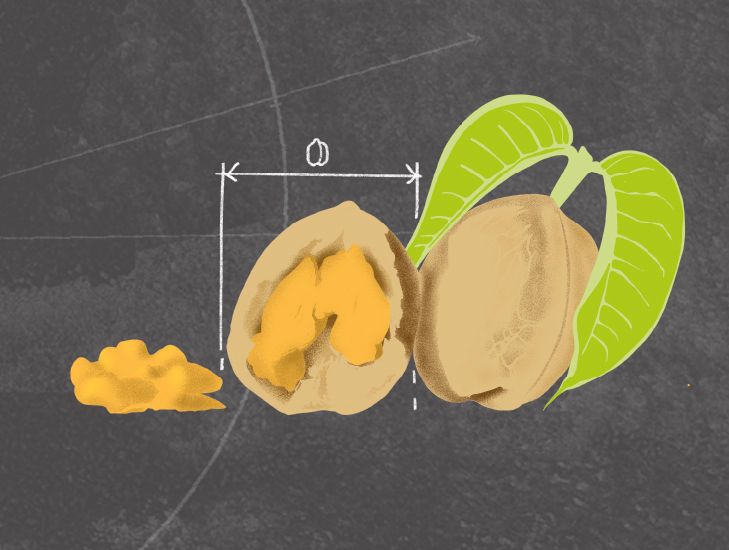
To address whether carbs are essential, it is essential to explore the role of carbohydrates — specifically glucose — in the body and diet.
Carbohydrates are one of the three main classes of macronutrients, alongside proteins and fats. They provide energy to the body, which breaks them down into glucose.
There are three types of carbohydrates: starches, simple sugars, and dietary fiber. However, people may use the term carbohydrates loosely, and incorrectly, to define just starchy foods.
Using this term to refer solely to starchy foods such as bread, rice, and potatoes may lead to an incomplete understanding of the role of carbohydrates in the diet and the body.
Furthermore, carbs are present in a wide variety of foods. Here are some dietary sources of carbs:
| Food group | Carbs per serving, in grams | Examples |
| grains | 15 | quinoa, sweet potato, and rice |
| legumes | 17 | pinto beans, black beans, and lentil peas |
| dairy | 11 | cow’s milk, yogurt, and cheese |
| fruits | 15 | cherries, raspberries, and stone fruit |
| vegetables | 5 | Brussels sprouts, bok choy, and cabbage |
These numbers show that nonstarchy vegetables provide about one-third the amount of carbohydrates compared with grains, legumes, and fruits. However, they are not completely devoid of carbs.
Given that food sources of carbohydrates also provide essential micronutrients — such as B vitamins for energy production and disease-fighting
However, the diversity of food sources of carbohydrates means that higher intakes of starchy foods specifically may not be necessary.
The body breaks down carbohydrate into its major energy-producing form —
Glucose then undergoes a series of enzyme reactions that generate the energy-producing substrates pyruvate and lactate in a process called
Under normal metabolic conditions and oxygen availability, pyruvate is the main precursor to energy production in the mitochondria of the cell, and the body consistently produces small amounts of lactate via the lactate shuttle.
However, when an oxygen debt occurs — such as during intense physical activity — lactate, in the form of
In the mitochondria, the further processing of pyruvate produces
Amino acids and fatty acids also produce some acetyl-CoA.
The TCA cycle, which people may also refer to as the Krebs cycle, generates carbon dioxide and
Each glucose molecule goes through two rounds of the TCA cycle, producing ATP and carbon dioxide. This gas enters the blood and leaves the lungs during exhalation.
A steady supply of glucose is necessary to maintain oxaloacetate levels and regular functioning of the TCA cycle.
When dietary carbohydrates are restricted, the TCA cycle is diminished, and ketone production becomes predominant for energy needs.
The body then relies on
The production of ketone bodies takes place in the liver, but these molecules enter the circulation and travel to the brain, heart, kidney, and skeletal muscle to supply energy.
This alternative metabolic pathway for energy production in the body has motivated many low carbohydrate diets as an approach to reduce the
Two of the groups of people most likely to restrict carbohydrates are athletes and those trying to lose weight.
Athletes
A
However, many
For this population, therefore, keto adaption may not be the optimal dietary choice. However, more long-term studies are necessary to confirm this.
Several scientific
Weight loss
When appropriate, weight loss improves metabolic health and reduces obesity-related comorbidities.
Weight loss is often a major motivator for those following low carbohydrate, high fat (ketogenic) diets, and based on the
However, although carbohydrate restriction is beneficial for some people — with a ketogenic diet promoting weight loss and a reduction in blood sugar markers — it can
Furthermore, many researchers have disregarded the carbohydrate-insulin theory as too simplistic given the lack of evidence to demonstrate that a high carbohydrate intake is fattening for most people.
In fact, the restriction of dietary fat leads to
Instead, overall caloric intake — regardless of the percentages of carbohydrates, protein, and fat intake — appears to matter more for long-term diet adherence and weight loss.
For instance, foods with a low glycemic index, which include complex carbohydrates such as quinoa, should have less effect on blood sugar levels than high glycemic index foods such as simple sugars.
However, this system is
Individuals may react differently to carbohydrates in the diet, depending on their
For those with
It is important to monitor which carbohydrate foods spike blood sugar levels in these individuals because glucose tolerance may also vary from day to day and depending on the time of the day.
Carbohydrates are a macronutrient that provides the body with energy. They occur naturally in a variety of foods, including grains, legumes, fruits, vegetables, and dairy. Despite this, many people use the term carbohydrates to describe starchy foods and simple sugars.
In the body, carbohydrates generate pyruvate, acetyl-CoA, and oxaloacetate in the tricarboxylic acid cycle, playing a key role in energy production.
In the absence of carbohydrates, the body uses ketogenic amino acids and fatty acids to produce ketone bodies for energy production. This process is called keto adaptation.
Carbohydrates are not the only source of energy production in the body, but they provide supportive essential nutrients for energy production, such as B vitamins.
A low carbohydrate diet may improve metabolic markers in people with glucose intolerance and insulin resistance, but it may not be appropriate for other groups of people, such as endurance athletes.



